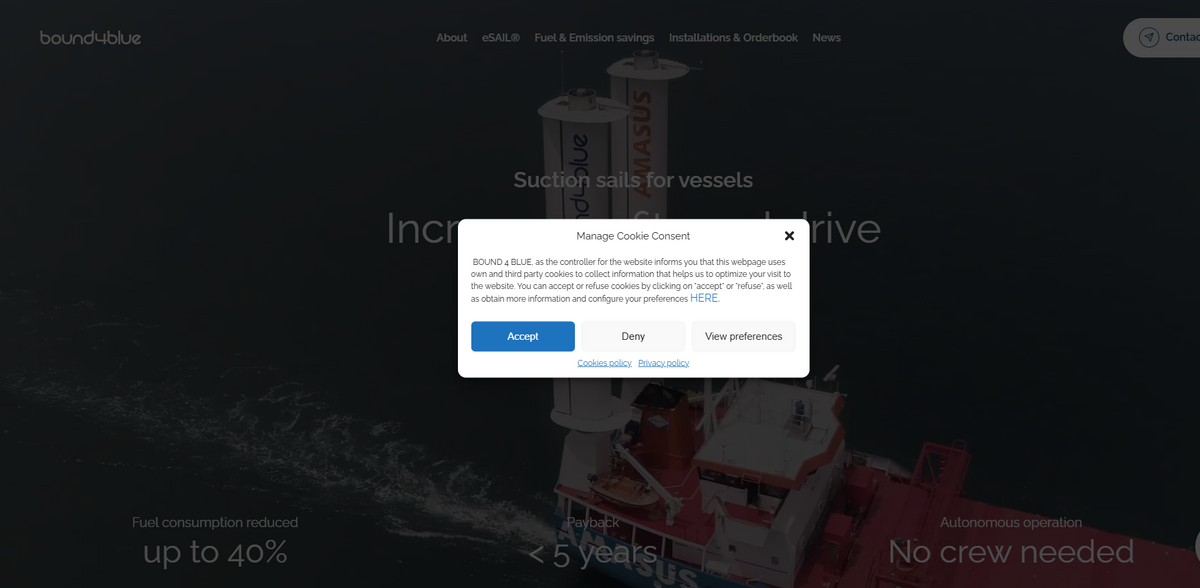About the Project
The project is centered around 3D Design & Printing, an innovative french start-up specializing in 3D CAD (Computer Aided Design), scanning, and printing services. Based on the concepts outlined, the service is located in the French Riviera and serves both businesses and individual customers. It emphasizes additive manufacturing that is ecological, economical, and eco-responsible. The project offers a complete range of services from creating 3D objects using sophisticated modeling techniques to implementing 3D scanning and various printing technologies, including FDM and resin printing. The idea even extends to recycling 3D printing filaments and plastics… creating a circular economy approach. The startup’s mission is to increase the competitiveness of its customers by providing innovative manufacturing solutions that perfectly match modern technological demands.
Main Benefit
Key figures and facts that define the benefits include:
- The use of FDM (Fused Deposition Modeling) technology which melts plastic filaments at around 250°C to ensure precise additive manufacturing.
- A nozzle size variation between 0.05 mm and 0.3 mm tailoring detailed prints and material efficiency.
- The implementation of heated plates that improve filament adhesion and quality by counteracting material contraction during cooling.
- Capability to process both simple technical parts with necessary supports and more complex architectures through interlocking assemblies.
- The use of resin technology for producing small, precise, and highly detailed parts with rapid printing and lower material use.
3D Printing & FDM Technology
At the core of this innovative concept lies the 3D printing technology. The additive process works by melting a filament and depositing it on a heated bed, resulting in optimal material saving and a robust final product. The printer requires a previously designed 3D object file from a computer, ensuring that every physical piece replicates its digital blueprint. This process, known as FDM, is celebrated for its efficiency and is a significant leap towards modern industrialization. It is essential to pre-plan supports for certain designs; without these supports, the printer would have difficulty building the parts in mid-air. Additionally, planning the final object dimensions on the computer is crucial before investing in a printer, since printers come with different plate sizes that dictate the maximum possible dimensions of the printed object.
Exploring 3D Scanning and Modeling
Alongside 3D printing, this service emphasizes the importance of 3D scanning and modeling. Scanning a 3D object opens up a world of possibilities, particularly when accurate reproduction is needed. The scanning methods allow for reverse engineering, where a physical object can be digitally recreated and improved upon before any printing occurs. The model prepared on the computer is directly linked to the ability of the printer to understand and replicate the desired design. For individuals and industries alike, this dual approach of scanning and modeling not only saves time but also reduces material waste, thereby creating an ecological footprint that is both thoughtful and highly innovative.
Exploring Different Materials: Resin and Filament
The range of consumables used in this project is remarkably diverse. While traditional plastic filaments are the standard for everyday printing needs, the project equally employs advanced materials like resin for highly detailed outputs. Resin printing, unlike FDM, is characterized by quick production times and minimal material use, ensuring that even the most intricate parts are produced in one go. After printing with resin, pieces undergo intensive post-processing which includes an immersion in an alcoholic solution to remove any residues, followed by exposure to UV rays so that the polymerization nears perfection. This means that each final product, whether it is printed in plastic or resin, meets an uncompromised standard for both durability and finesse.
Innovative Manufacturing Processes
One must appreciate how integrated technology and thoughtful design converge within these 3D solutions. The process of melting filaments, creating supporting structures, and using heated plates to ensure proper adhesion is a dynamic interplay of science and art. It is interesting to see how even the simplest design element, like determining the nozzle thickness, can have significant implications on the final product quality. Moreover, exploring the possibility of combining interlocking assemblies for larger objects adds an extra layer of complexity – yet serves as a testament to the technical prowess that is driving modern manufacturing. This integration of design, material science, and advanced engineering not only defines the product but also drives forward a more sustainable, eco-responsible future.
Project Impact
- SDG 9 – Industry, Innovation, and Infrastructure
- SDG 12 – Responsible Consumption and Production
- SDG 13 – Climate Action
Customer Engagement & Future Perspectives
Customers, ranging from individuals to large industrial entities, benefit enormously from these services. The project delivers on the promise of an innovative, tactical approach to 3D design and printing, encouraging an eco-responsible production line that could redefine industry standards. With hands-on demonstrations and practical workshops offered in the dedicated workshop space, potential users can test and select the specific printers that suit their needs, while simultaneously gaining confidence in adapting to these advanced techniques. The ongoing development of recycling practices for 3D printing filaments and plastics is yet another forward-thinking aspect that illustrates a commitment not only to technological progress but also to environmental sustainability. It appears that compelling futures are being shaped—where advanced manufacturing meets ecological responsibility—and this revolution in 3D design, scanning, and printing is poised to empower and transform competitive markets.





















